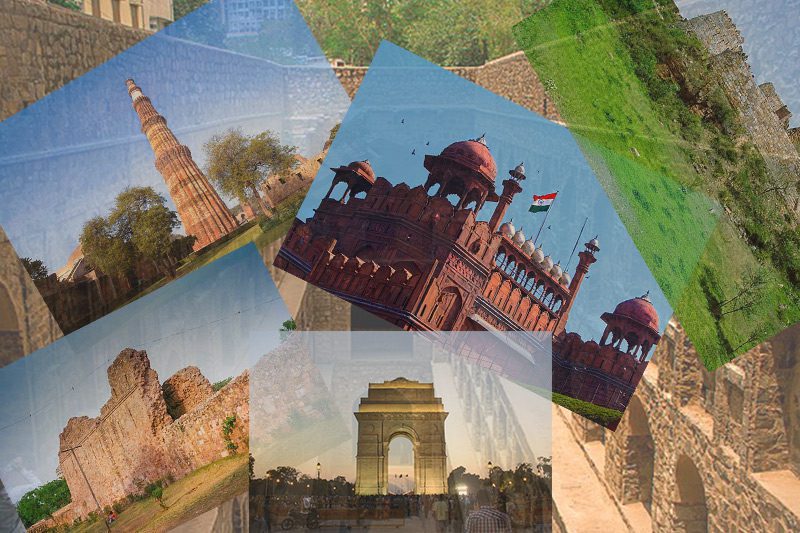Delhi is one fascinating city in India that carries modern urban development and historical charm together with ease.
Delhi, the bustling metropolis and capital of India pulsates with energy and diversity, representing a captivating fusion of ancient heritage and modern dynamism. Spanning centuries of history, Delhi bears the imprint of numerous civilizations, evident in its architectural marvels like the iconic Red Fort, Qutub Minar, and Humayun’s Tomb.
The city’s bustling streets teem with life, offering a sensory overload of sights, sounds, and smells in its vibrant markets, such as Chandni Chowk and Connaught Place.
As the political and cultural heart of India, Delhi’s rich landscape includes grand government buildings, world-class museums, and a thriving arts and culinary scene.
Yet amid its frenetic pace, Delhi remains a city of contrasts, where ancient traditions coexist with modern aspirations, making it an endlessly fascinating destination that leaves an indelible mark on all who explore its streets.
There is no shortage of historical places that you can visit in Delhi. We however have come up with the recommendation of the best historical places in Delhi you must visit.
1. Purana Qila – Old Fort
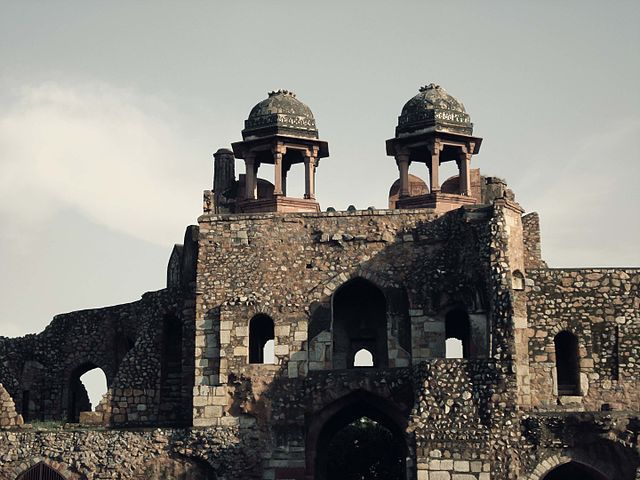
Purana Qila is simply one of the best historical places that you can visit in Delhi. Also one of the oldest historical structures and monuments that you can see in Delhi.
Recent excavations at the sight point to traces from the 3rd century BC, the pre-Mauryan period.
The first two rounds of excavations in 1954–55 and 1969–72 by Archaeological Survey of India (ASI), had unearthed traces of Painted Grey Ware culture under the mound.
ASI took a mission to excavate various sites mentioned in the Mahabharata text and found such traces as a common feature at all those sites.
Based on PGW, which archaeologically belongs to the 6th–12th century BC, ASI concluded that Purana Qila is the Pandava kingdom of Indraprastha, estimating 900 BCE as the period of the war recounted in the epic.
Entry fee: for Indians- INR 20 and Foreigners- INR 200
Timings: 7 am to 5 pm
2. Humayun’s Tomb
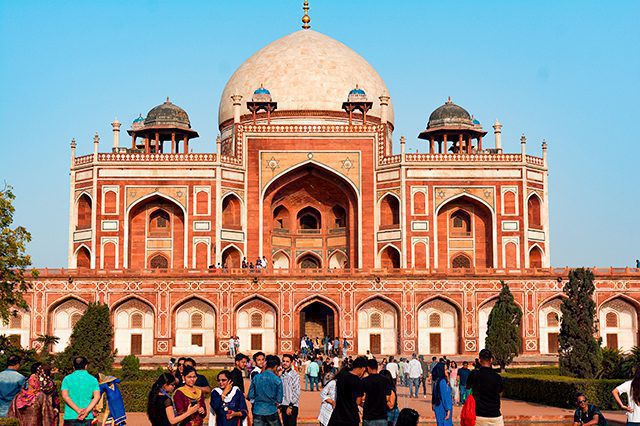
The last refuge of Mughal Emperor Humayun reminds rather of a luxurious palace than a tomb.
Located in the eastern part of Dehli, Humayun’s tomb is one of the best-preserved Mughal monuments. This extremely beautiful and majestic mausoleum is the first example of Mughal architecture in India.
Not many people know that it was after a century after its construction Humayun’s tomb inspired the construction of the more famous Taj Mahal.
Entry fee: for Indians- INR 40 and Foreigners- INR 500
Timings: 9 am to 5 pm
3. Red Fort
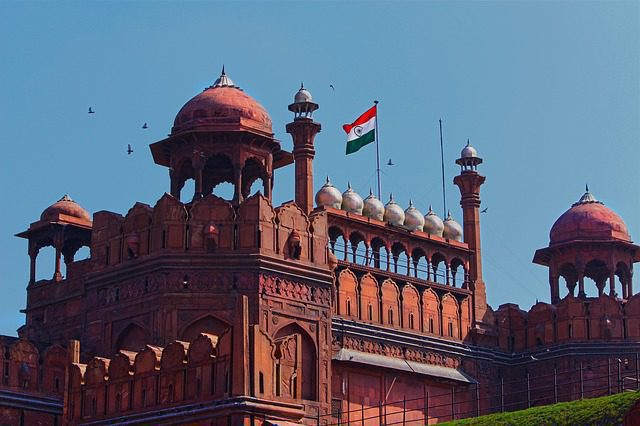
The Red Fort Complex was built as the palace fort of Shahjahanabad which was the new capital of the fifth Mughal Emperor of India, Shah Jahan.
Due to the historical importance of this fort, it was decided to host the tricolor here every year on 15th August, Indian Independence day
It is known for its massive enclosing walls of red sandstone, it is adjacent to an older fort, the Salimgarh, built by Islam Shah Suri in 1546, with which it forms the Red Fort Complex.
The private apartments consist of a row of pavilions connected by a continuous water channel, known as the Nahr-i-Behisht (Stream of Paradise). The Red Fort is considered to represent the height of Mughal creativity which, under the Shah Jahan, was brought to a new level of refinement.
The planning of the palace is based on Islamic prototypes, but each pavilion reveals architectural elements typical of the Mughal building, reflecting a fusion of Persian, Timurid, and Hindu traditions.
The Red Fort’s innovative planning and architectural style, including the garden design, strongly influenced later buildings and gardens in Rajasthan, Delhi, Agra, and further afield.
Entry fee: for Indians- INR 35 and Foreigners- INR 400
Timings: 9:30 am to 4:30 pm
4. Qutub Minar
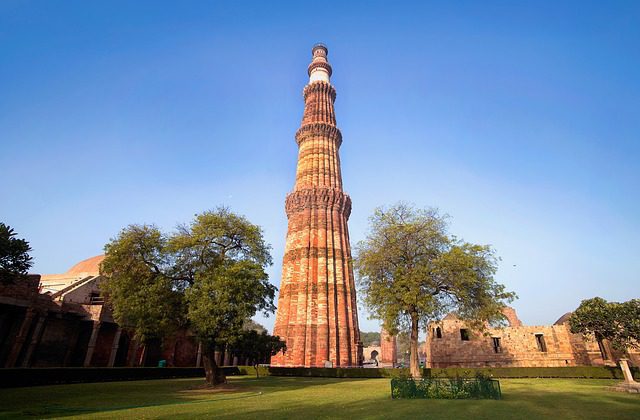
Qutub Minar was built in the early 13th century and is located a few kilometers south of Delhi.
The red sandstone tower of Qutb Minar is 72.5 m high, tapering from 2.75 m in diameter at its peak to 14.32 m at its base, and alternating angular and rounded flutings.
The surrounding archaeological area called Qutub Complex contains funerary buildings, notably the magnificent Alai-Darwaza Gate, the masterpiece of Indo-Muslim art (built in 1311).
It also houses two mosques, including the Quwwatu’l-Islam, the oldest in northern India, built of materials reused from some 20 Brahman temples. You can also read some of the interesting facts about Qutub Minar.
Entry fee: for Indians- INR 30 and Foreigners- INR 500
Timings: 7 am to 5 pm
5. India Gate
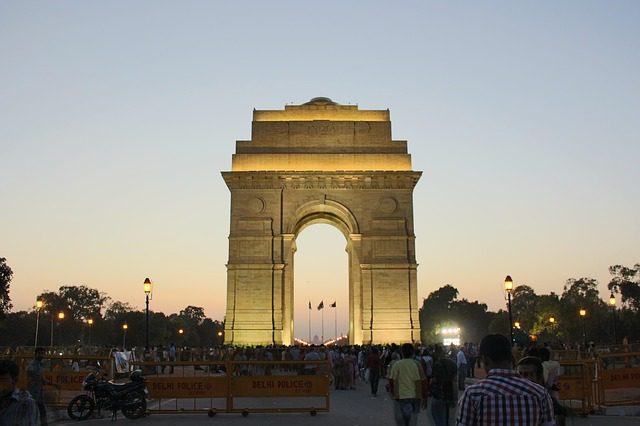
At the center of New Delhi stands the 42 m high India Gate, an “Arc-de-Triomphe” like archway in the middle of a crossroad.
Almost similar to its French counterpart, it commemorates the 70,000 Indian soldiers who lost their lives fighting for the British Army during World War I.
The memorial bears the names of more than 13,516 British and Indian soldiers killed in the Northwestern Frontier in the Afghan War of 1919.
The foundation stone of India Gate was laid by the Duke of Connaught in 1921 and it was designed by Edwin Lutyens.
The monument was dedicated to the nation 10 years later by the then Viceroy, Lord Irwin. Another memorial, Amar Jawan Jyoti was added much later, after India got its independence.
The eternal flame burns day and night under the arch to remind the nation of soldiers who laid down their lives in the Indo-Pakistan War of December 1971.
Entry fee: Free
Timings: You can visit anytime
6. Lodi’s Tomb
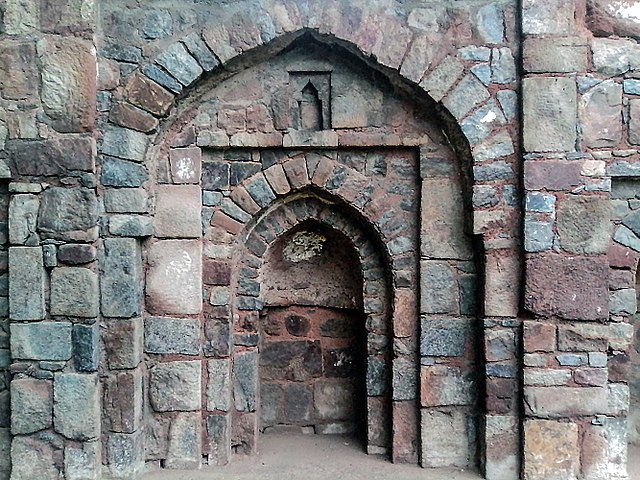
In the middle of the lush-green Lodhi gardens lies the tomb of Sikandar Lodi. He was the second ruler of the Lodi dynasty.
This famous historical monument is situated in the Khairpur village that resides in south Delhi, which is a fine demonstration of the Indo-Islamic architectural style, hence counted among the best heritage places to visit in Delhi
The tomb was built by Sikander Lodi’s son Ibrahim Lodi, after his death in 1517 CE. The architectural structure of the dome is such that it creates a false impression of the double storey.
This phenomenal structure sits on an uplifted rectangular veranda provided with three tall arches on each side, all leading to the chamber.
The tomb is adorned with various colorful tiles whereas its walls have different foreign languages and Mughal architectural designs engraved on it.
Entry fee: Free
Timings: 5 am to 8 pm
7. Jama Masjid
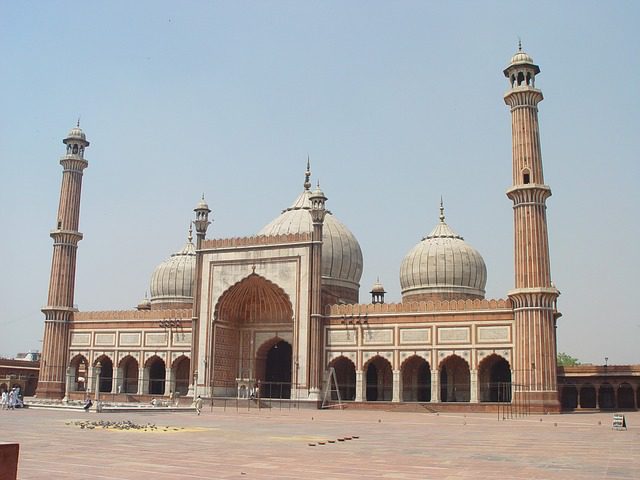
This great mosque of Old Delhi is the largest mosque in India. Jama Masjid has a courtyard capable of holding 25,000 devotees.
Its construction started in 1644 and ended up being the final architectural extravagance of Shah Jahan, the Mughal emperor who built the Taj Mahal and the Red Fort.
Jama Masjid The highly decorative mosque has three great gates, four towers, and two 40 m-high minarets constructed of strips of red sandstone and white marble.
Travelers can hire robes at the northern gate. This may be the only time you get to dress like a local without feeling like an outsider to make the most of it.
Entry fee: free, INR 200 for photography
Timings: 7 am to 6:30 pm
8. Agrasen Ki Baoli
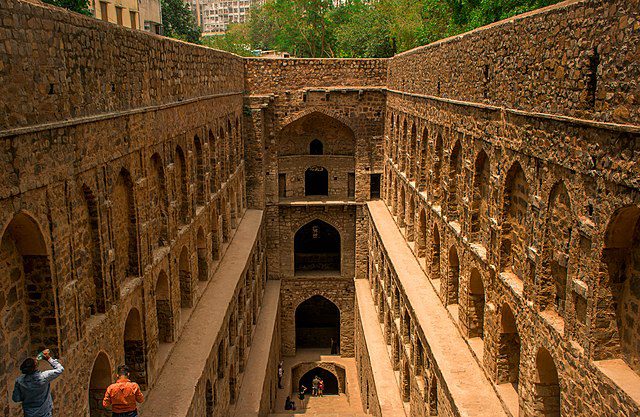
One of the most mysterious places in Delhi is Agrasen Ki Baoli (stepwell). It is a place which is said to be from the time of Mahabharata. Located in the heart of the capital of India, Agrasen ki Baoli plays a significant role in Delhi tourism.
The monument is one of the oldest in Delhi, the place is full of haunted stories and mysterious facts. Although there are no known historical records to prove who built Agrasen ki Baoli, it is believed that it was originally built by the legendary king Agrasen in the Mahabharata era.
It was rebuilt in the 14th century by the Agrawal community which traces its origin to Maharaja Agrasen.
Entry fee: Free
Timings: 7 am to 6 pm
9. Tughlaqabad
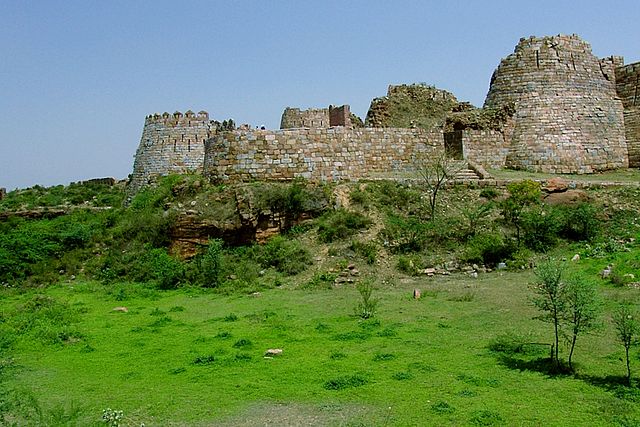
Tughlaqabad Fort is a ruined historical fort in Delhi, built by Ghiyas-ud-din Tughlaq, the founder of the Tughlaq dynasty, of the Delhi Sultanate of India in 1321, as he established the fourth historic city of Delhi, which was later abandoned in 1327.
It lends its name to the nearby Tughlaqabad residential-commercial area as well as the Tughlaqabad Institutional Area
Entry fee: for Indians- INR 5 and Foreigners- INR 100
Timings: 7 am to 5 pm
10. Siri Fort – Hauz Khas
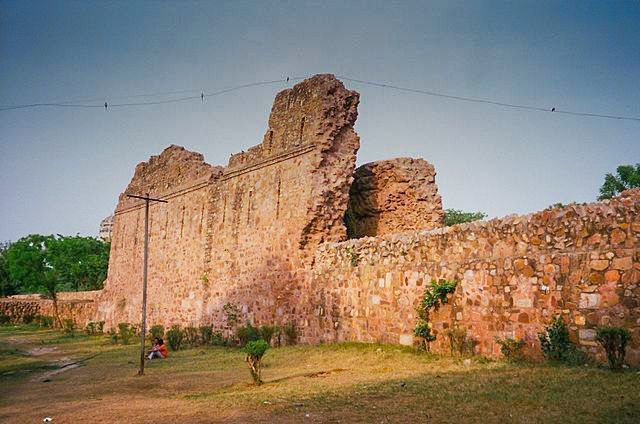
It is definitely a great experience to see medieval urban planning and water tank.
Located in Hauz Khas, South Delhi, Siri Fort houses a water tank, an Islamic seminary, a mosque, a tomb, and pavilions built around an urbanized village with medieval history traced to the 13th century of Delhi Sultanate reign.
It was a part of Siri, the second medieval city of India of the Delhi Sultanate of the Alauddin Khalji Dynasty (1296–1316). The name Hauz Khas in Farsi is derived from the words ‘Hauz’: “water tank” (or lake) and ‘Khas’: “royal”- the “Royal tank”.
Entry fee: Free
Timings: 7 am to 5 pm
